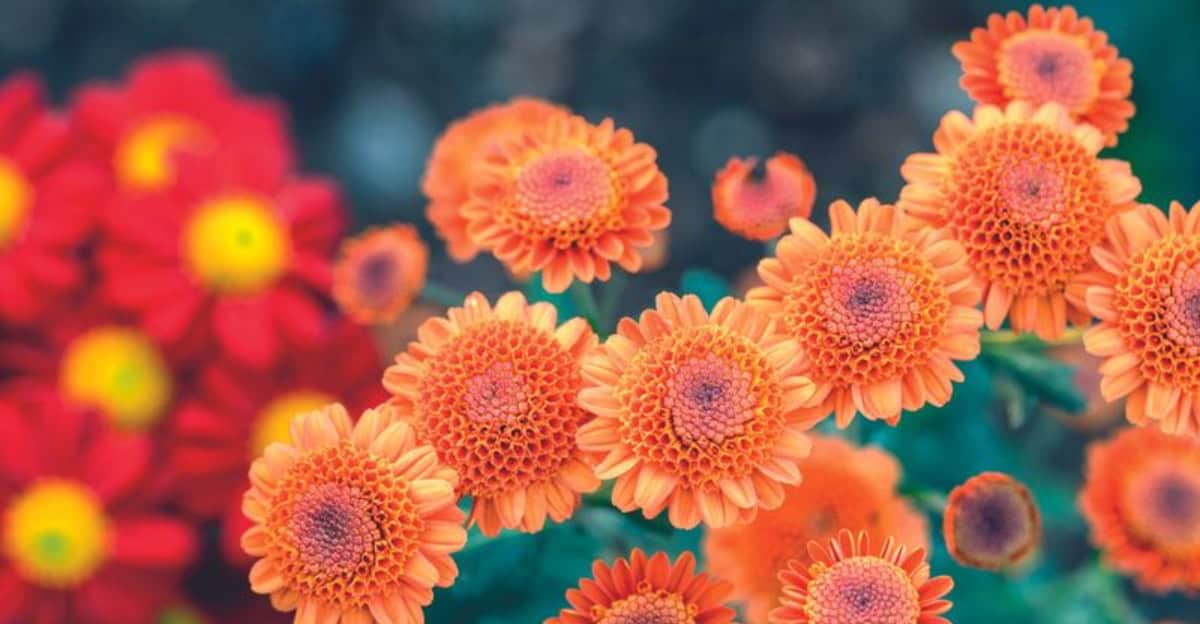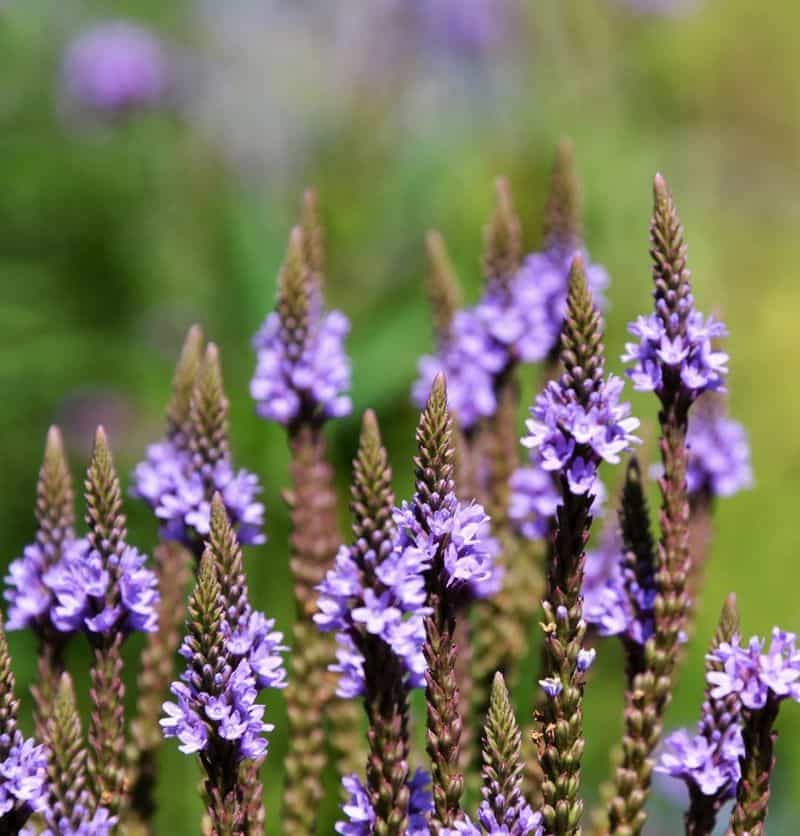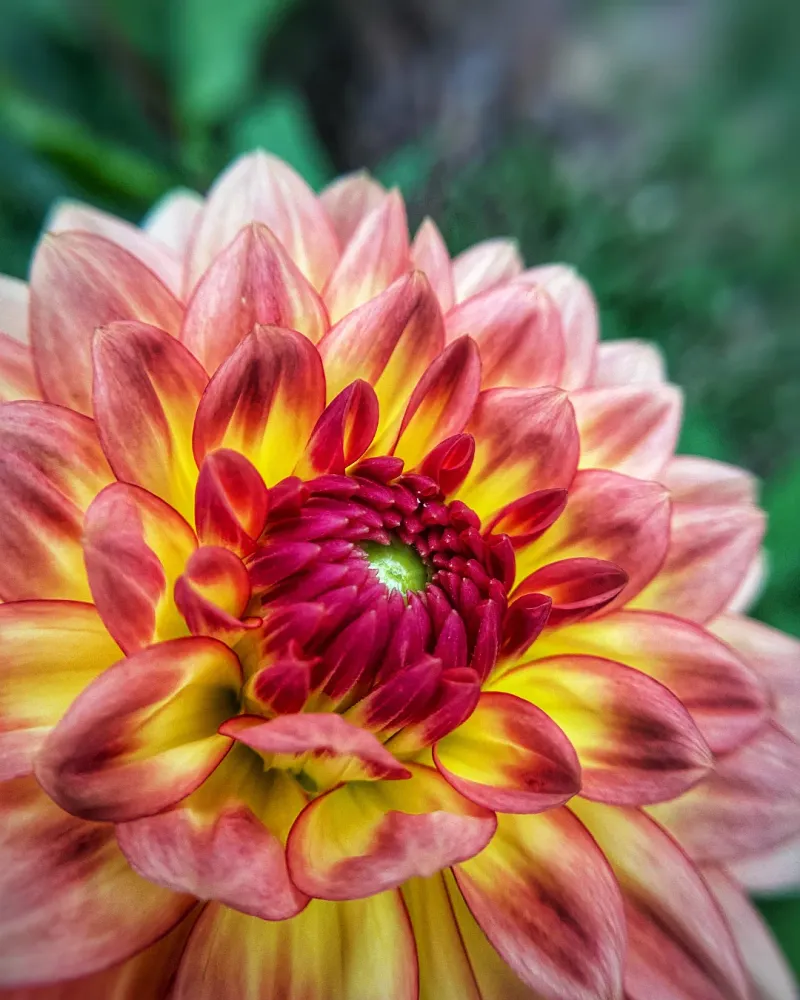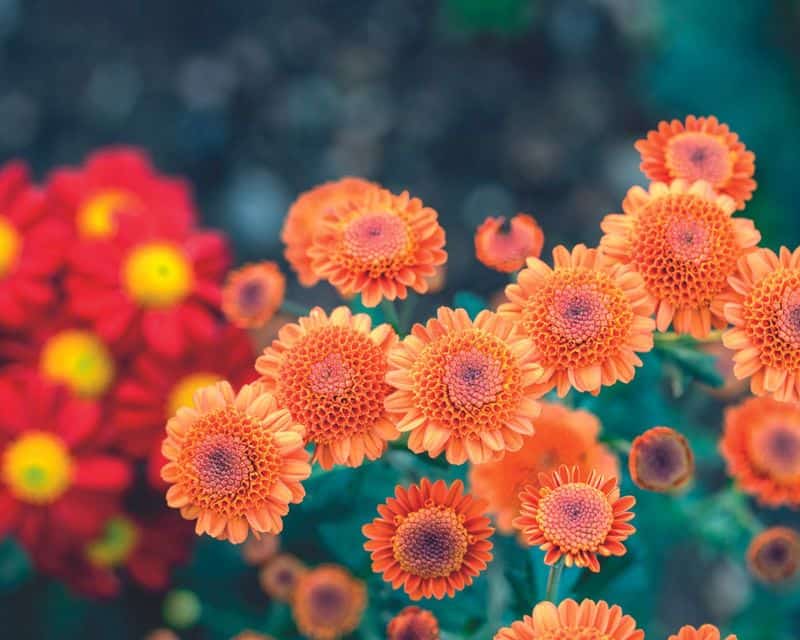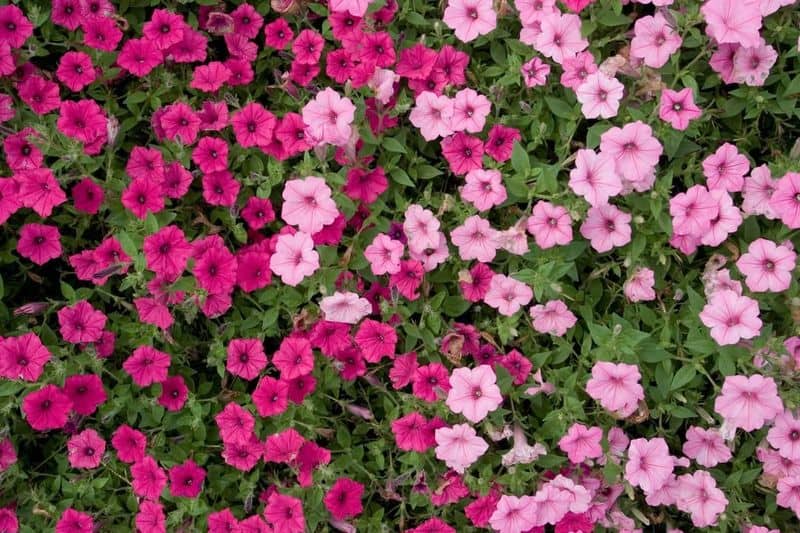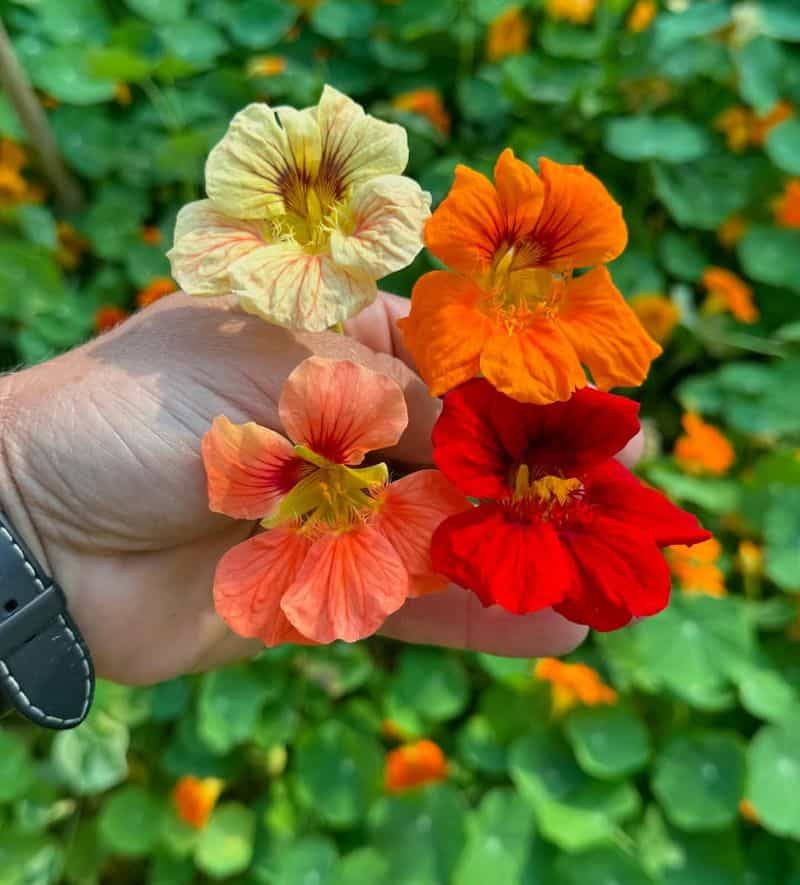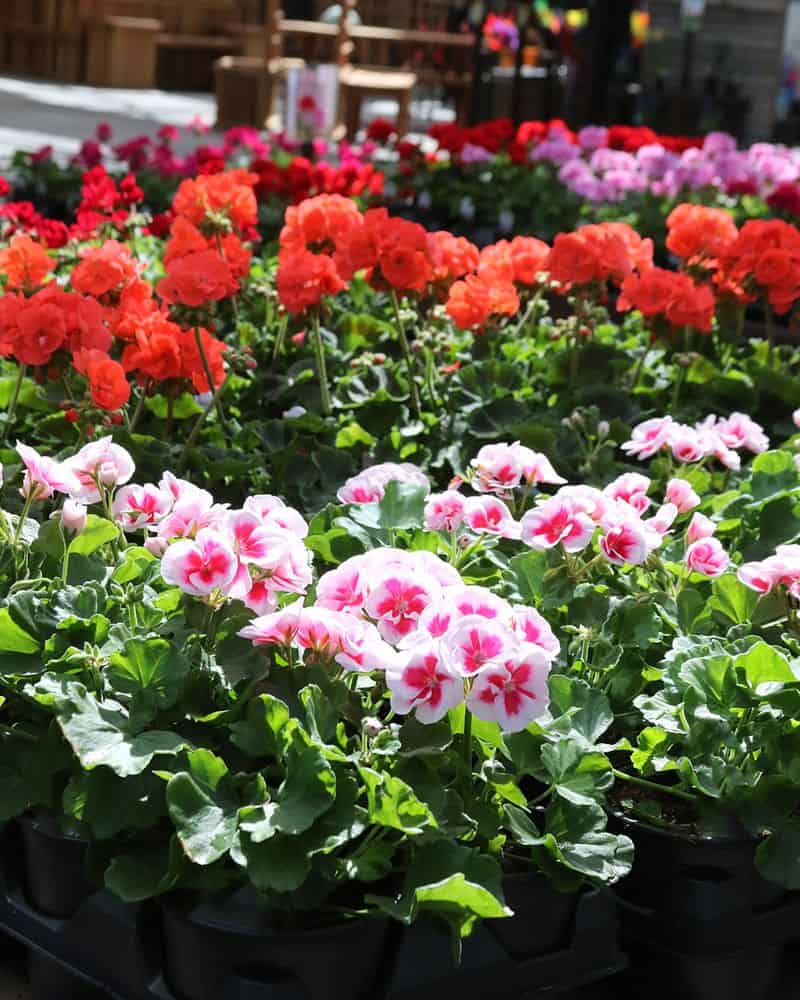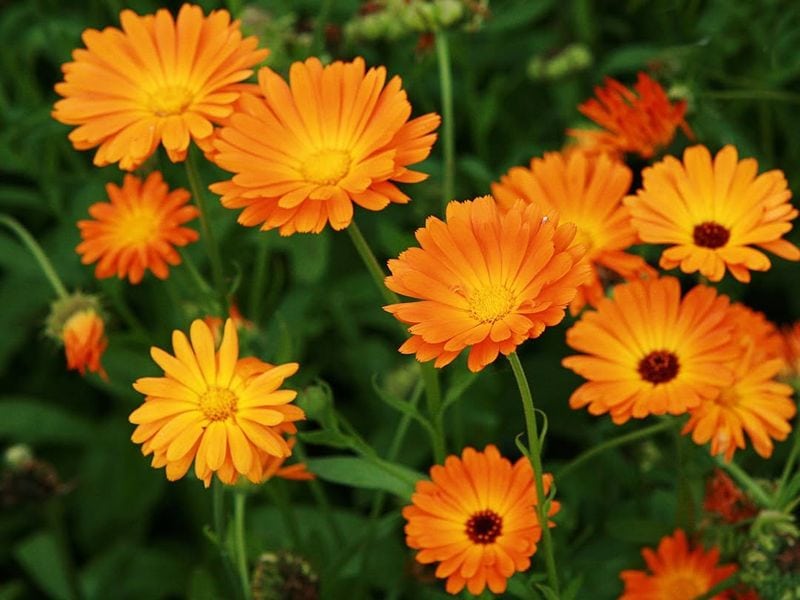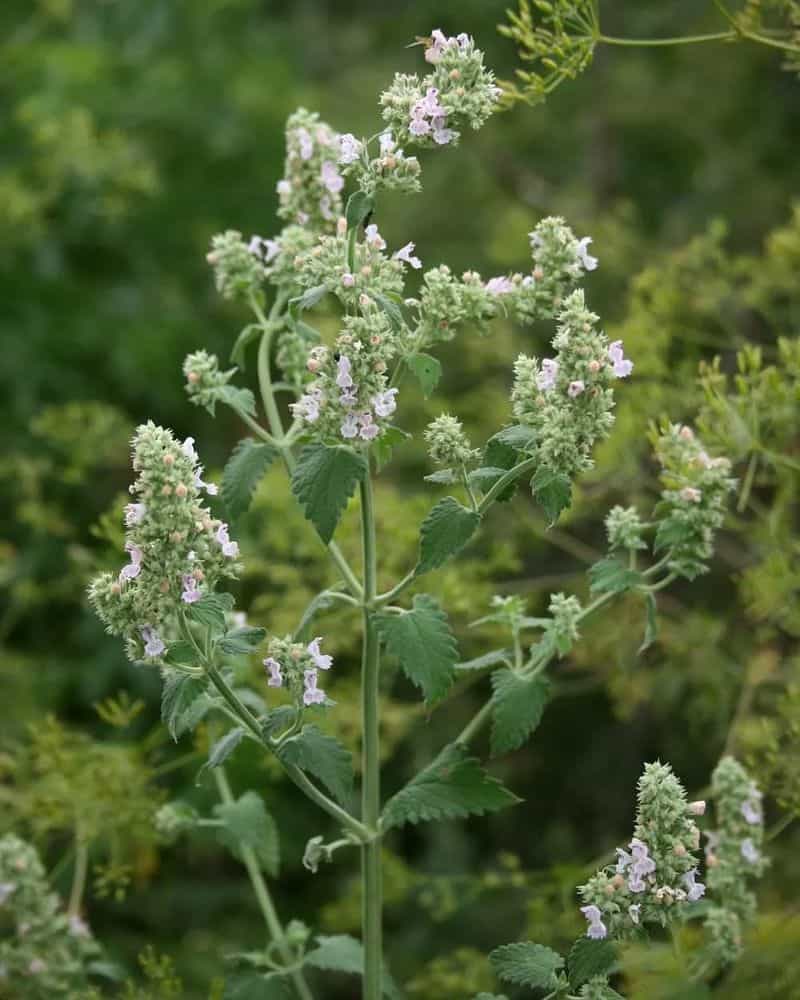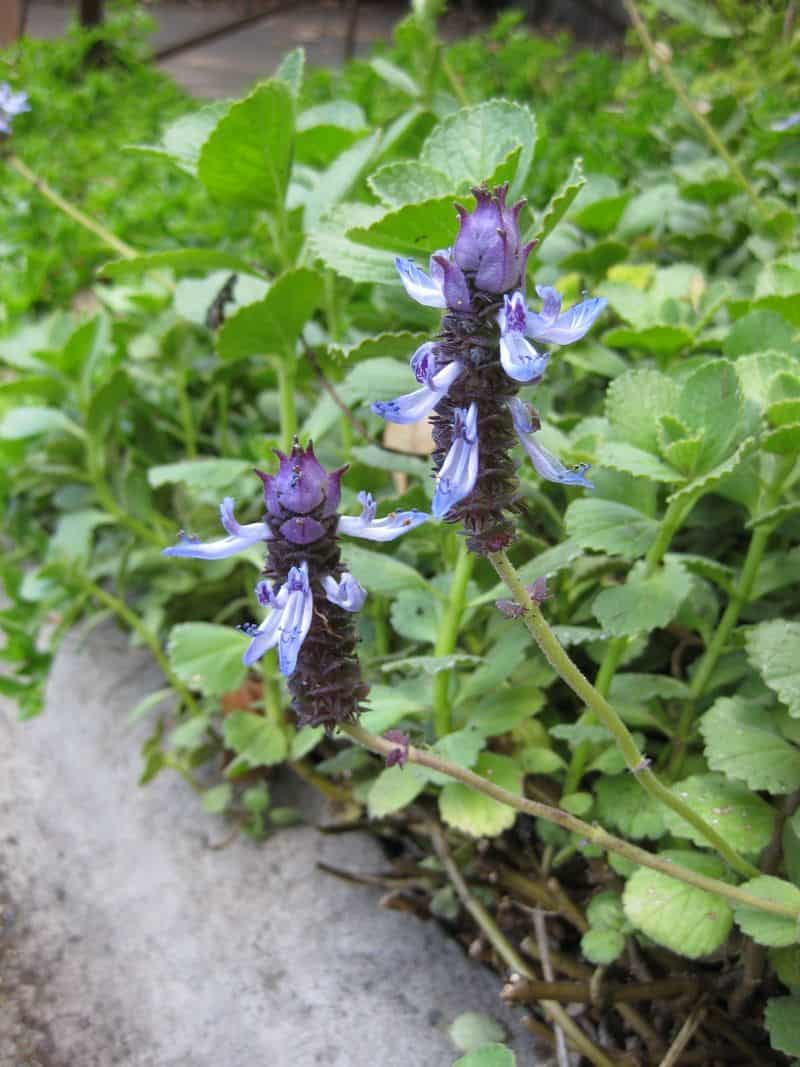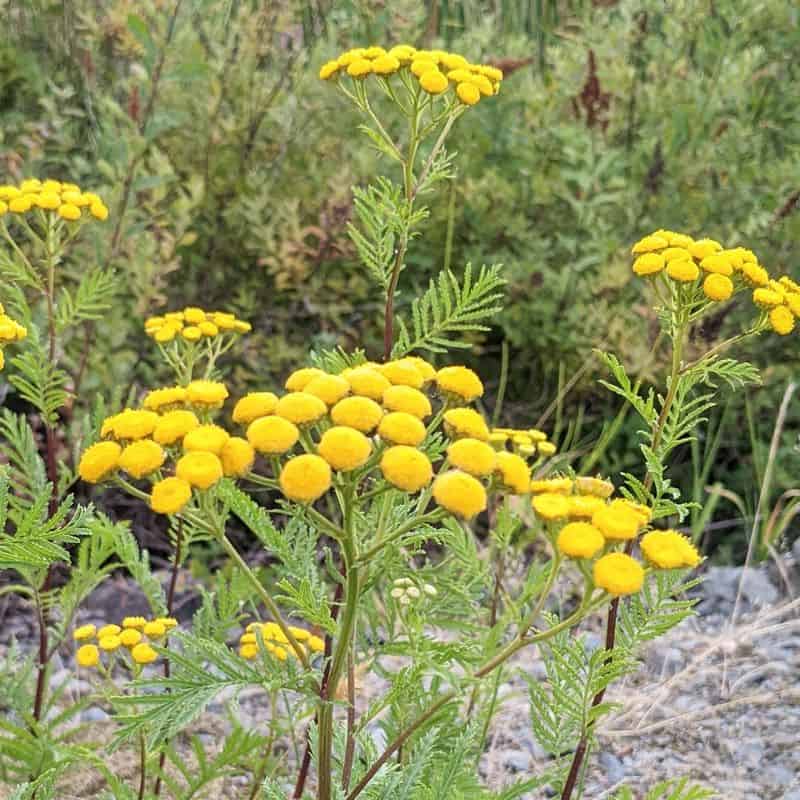Have you ever wished for a garden that not only looks breathtaking but also keeps those pesky insects away? Well, you’ve come to the right place!
Here are 10 flowers that do double duty: adding beauty and banishing bugs.
1. Lavender (Lavandula spp.)
Lavender, the darling of serene gardens, carries the scent of a thousand relaxing days. Its purple spikes sway gently in the breeze, releasing a fragrance that mosquitoes find utterly repulsive.
Imagine walking through a field, its aromatic embrace wrapping around you like a cozy blanket. But remember, while humans bask in its calming scent, bugs do a quick exit, stage left!
Plant this beauty near windows or patios for a bug-free zone. Fun fact: Romans used lavender in baths, believing it purified their skin. This flower truly blends history with function!
2. Marigolds (Tagetes spp.)
Marigolds are like the sunniest smile in your garden, with their brilliant yellows and oranges.
These happy blooms do more than just brighten your day; they repel nematodes and other pests with their distinctive scent. Isn’t it amazing how something so delightful can be a pest’s worst nightmare?
Spread them around your vegetable garden for a natural bug barrier. Ancient Aztecs revered marigolds as sacred and believed them to possess magical properties.
While magic is debatable, their pest-repellent ability is not!
3. Chrysanthemums (Chrysanthemum spp.)
Chrysanthemums, the unsung heroes of the insect world, are handsome in their autumnal shades.
Not only do they bring a pop of color to any space, but they also produce pyrethrum, a natural insecticide that sends bugs packing. Quite the overachiever, wouldn’t you say?
Imagine a garden party where chrysanthemums stand guard, ensuring mosquitoes are not on the guest list. Their ornamental appeal is matched only by their efficient bug-repelling prowess.
Did you know? Chrysanthemums have symbolized powerful energy in Eastern cultures for centuries.
4. Petunias (Petunia spp.)
Petunias are the garden’s gentle guardians, with their pastel petals and sweet aromas. They might look dainty, but these little wonders keep aphids, tomato worms, and bugs at bay.
Their toughness lies beneath their pretty exterior, a perfect balance of beauty and brawn.
Plant them in hanging baskets or garden borders to show off their colorful cascade. Remember, petunias are more than just a pretty face; they’re a garden’s natural shield.
Quirky fact: Petunias are related to tobacco and tomatoes! Who would’ve thought?
5. Nasturtiums (Tropaeolum majus)
Nasturtiums are like the rebels of the flower world, with their fiery colors and peppery scent. They might look like troublemakers, but they’re actually the garden’s secret weapon against aphids and beetles.
Their leaves and flowers are edible, adding a spicy kick to salads.
Plant them near your veggies to keep the bad bugs away while enjoying their culinary charm. As a bonus, these tough beauties thrive in poor soil conditions, proving that being high-maintenance isn’t their style.
Intriguing tidbit: Nasturtiums were first discovered in the Andes Mountains.
6. Geraniums (Pelargonium spp.)
Geraniums, with their crimson and pink hues, bring a touch of elegance to any windowsill. But did you know they also repel mosquitoes and other insects with their aromatic oils? It’s like having a fragrant, floral force field.
Line your patio with these beauties and enjoy a bug-free zone. Their robust nature means they’re easy to care for, making them perfect for novice gardeners.
Fun fact: Geraniums were popular during the Victorian era, often adorning fancy parlors and gardens.
7. Calendula (Calendula officinalis)
Calendulas are the golden darlings of the garden, with their sunny blooms that seem to grin at the sky. They’re not just a pretty face—they repel aphids and other pests naturally.
Their petals are edible, adding a splash of color to summer salads.
Plant calendulas around your garden for a burst of sunshine and a pest-free zone. These flowers are tough and can thrive in less-than-ideal conditions, making them a gardener’s best friend.
Did you know? Calendula has been used in herbal medicine for centuries.
8. Catnip (Nepeta cataria)
Catnip is infamous for turning cats into deliriously happy creatures, but it also has a hidden talent: repelling mosquitoes and flies.
Its secret weapon is nepetalactone, a compound that insects find intolerable.
Grow catnip in your garden to enjoy a bug-free zone, and watch as local cats turn into your new best friends. While it’s a feline’s delight, its bug-repelling abilities make it a gardener’s ally.
Did you know? Catnip was used by humans in ancient teas for its relaxing properties, long before cats claimed it.
9. Coleus neochilus
Coleus neochilus, affectionately known as the “mosquito bush,” is a plant with character. While not the most conventional beauty, it packs a punch in the bug-repelling department.
Its aroma is like a strong cup of coffee to mosquitoes—overwhelming and deterrent.
Planting it in your garden creates a natural barrier against pesky intruders. Its tough nature means it thrives with minimal fuss, making it an ideal choice for those who prefer low-maintenance plants.
Fun fact: Its aroma is so potent, even cats find it too intense!
10. Tansy (Tanacetum vulgare)
Tansy, with its cheerful yellow blooms, is an old-world charmer that packs a modern punch against insects.
Long used to deter flies, ants, and mosquitoes, its strong scent keeps the bugs at bay while adding a splash of sunshine to your garden.
Historically, tansy was used in funerals and religious ceremonies for its pleasant aroma. Now, it stands as a sentinel, protecting your garden from unwanted guests.
Interesting fact: Tansy was once believed to grant immortality—a testament to its enduring appeal.

